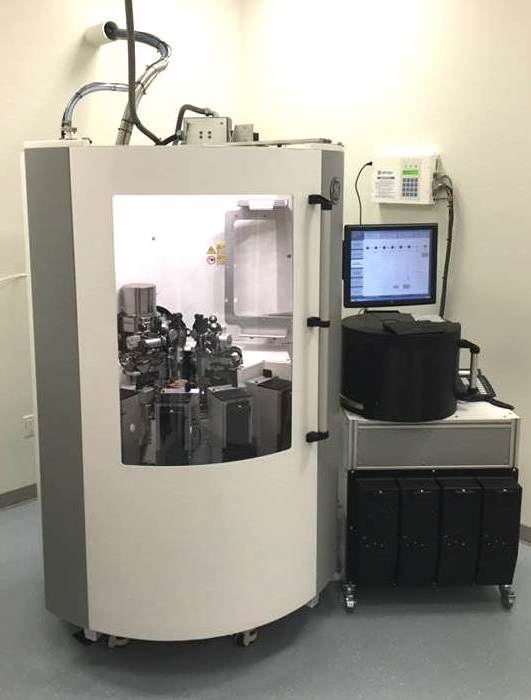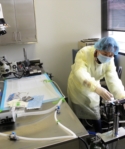Abnormalities of glucose metabolism are characteristic of many high-impact clinical disorders and for this reason improved methods for measuring carbohydrate metabolism in vivo using both hyperpolarized (HP) substrates and conventional NMR are required by several collaborators. Gluconeogenesis, pyruvate metabolism and the TCA cycle are intricately linked in the liver and consequently interpretation of any one pathway involves the others. The specific vision is to develop the technology to measure gluconeogenesis and TCA cycle flux in the liver of experimental animals with the ultimate goal of human exams. A central theme is the use of 13C-enriched tracers and 2 H2O during the hyperpolarization exam to enable integration of isotopomer analysis with HP observations. Since the NMR sensitivity of thermally-polarized 2H and 13C is so poor at body temperature, these experiments can be performed simultaneously. With this approach, conventional tracer methods are used to validate and interpret the HP data. At the same time, key measurements that are inaccessible by HP can be made with essentially no additional impact on the patient.
Previously-developed 2H and 13C isotopomer methods will be used to measure TCA cycle flux and gluconeogenesis in the liver. Finally, new 13C-labeled probes for gluconeogenesis, developed in TR&D 1, will be evaluated as they become available.
Spectral-spatial, IDEAL and chemical shift imaging with compressed sensing will be evaluated for optimal performance with the large field of view needed for the human torso and abdomen in phantoms. We will monitor metabolism of HP[1-13C]pyruvate to [13C]bicarbonate, [1-13C]lactate, [1-13C]alanine and perhaps [1-13C]malate in the liver of healthy human subjects in a wide-bore clinical scanner using an injection protocol already shown safe in human subjects (1). The intent is to determine optimal conditions for detecting TCA cycle intermediates and bicarbonate in healthy subjects.





